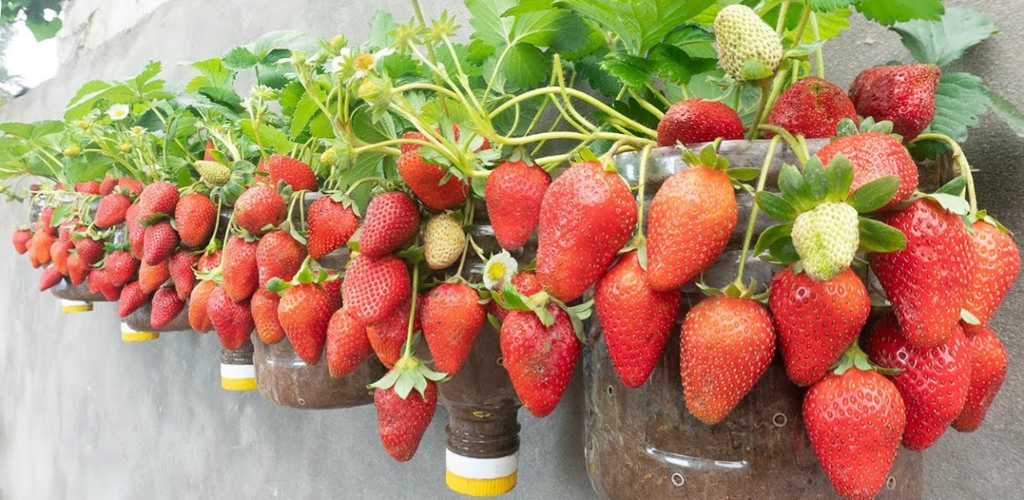13 plants you can regenerate from food waste
1. Basil
This is an aromatic plant that is very easy to regenerate: you just need to take a bunch when the plant is not in flower, put it in a glass of water and wait for the white roots to sprout on the bottom. At this point you can transfer the basil into the pot.
2. American sweet potato
First of all, wash the sweet potatoes very well, seal them in a bag and leave them for 10 days in the dark (to stimulate root production). Arrange each sweet potato in a glass jar of the correct circumference, so that they are suspended halfway in water. Place the jar in a lighted place, but not exposed to direct sunlight, and wait for the sweet potato to form roots at the bottom and leaves at the top.
3. Onions
Onions are very easy to grow at home. You can grow new plants from the discards, especially from the bottoms of the onions. To grow them, you can also decide to build a “pot” suitable for the situation; it is taken out of a container of water, in which holes are made corresponding to the bottoms of the onions lying on the ground. Keep the soil constantly moist and in a short time you will see sprouts of new onion seedlings. At this point, you can gently separate the different plants and place them in a special, appropriate vase.
4. Ginger
You can obtain a quantity of ginger from the roots you buy (make sure they have not been treated with toxic pesticides): to germinate the ginger, you must place it horizontally in a pot with soil and cover it lightly. Spray the ginger regularly and in a short time you will see the roots lengthen and germinate.
5. Potatoes
To grow potatoes at home, leave them in a cool, bright place for 4-5 days, until they have sprouted. Then cut them in half and place them in a deep pot with plenty of soil, with the sprouts pointing upwards. Always keep the soil moist: for a while you will see new seedlings emerge, then you will notice the leaves change colour. At this point your potatoes will be ready to be harvested.
6. Rosemary
Remove some of the tips of the branches from a mature plant: remove the lower leaves and place the branches in a glass of water. Change the water often and wait for the white roots to form. At this point you can bury the rosemary and enjoy your new plant!
7. Turnips
Keep the ends of the turnips and place them on a plate with a layer of water. Wait 4-5 days, then you can transfer them to the pot outside.
8. Tomatoes
You can extract seeds from tomatoes that are suitable for growing new plants. You must let the pulp that you will inevitably extract with the seeds dry, possibly in the sun. Then you can germinate the seeds. You can use a plastic cup to put the soil in: bury the seeds, cover it lightly and keep the soil moist until you have seen the plant sprout.
9. Cabbage
Cut the bottom off the cabbage and place it in a deep dish with water: wait 2-3 days, then you should see the vegetable growing from the centre. At this point you can transfer the cabbage into the pot or into the ground, making sure to keep it constantly moist.
10. Fresh onion
When using fresh onions in cooking, keep the end part with the roots: put it in a container with water for a few days and you will see the green central part grow back. At this point, transfer the onion to the soil and continue to spray it: wait the necessary time until it grows, then you can use it in cooking.
11. Carrot
Save the end of the carrots and put them in a dish with a layer of water. Wait a few days, replace the layer of water, and you will see the green end part grow again. At this point, transfer the carrot into a pot with soil.
12. Lettuce
Keep the stump from which you have removed the lettuce leaves, place it in a deep dish with water: in a few days you will see the central part become enriched with new leaves.
13. Celery
Like lettuce, to grow celery you must also keep the stump, put it in a shallow container with water and wait for it to regenerate from the center.
